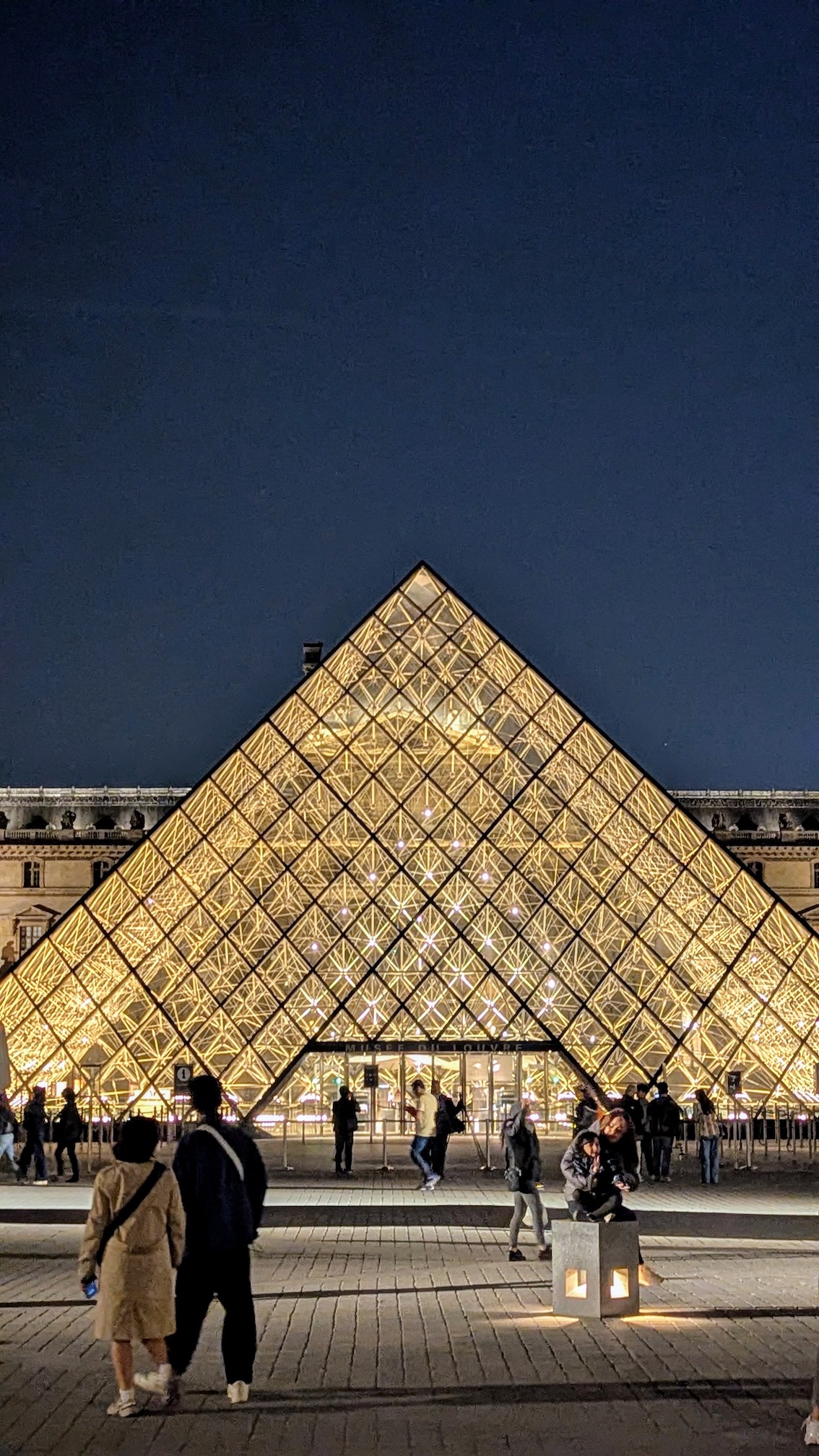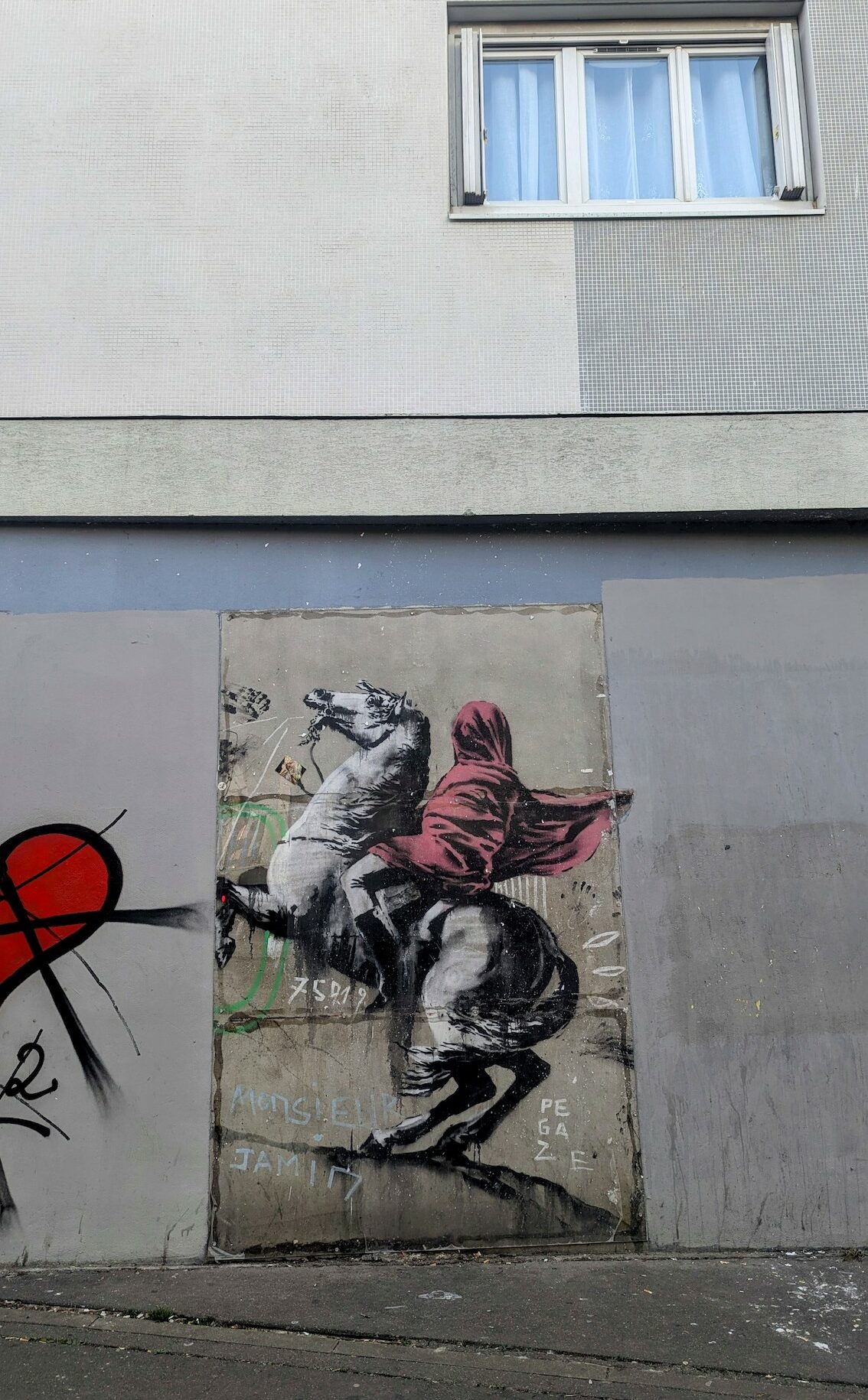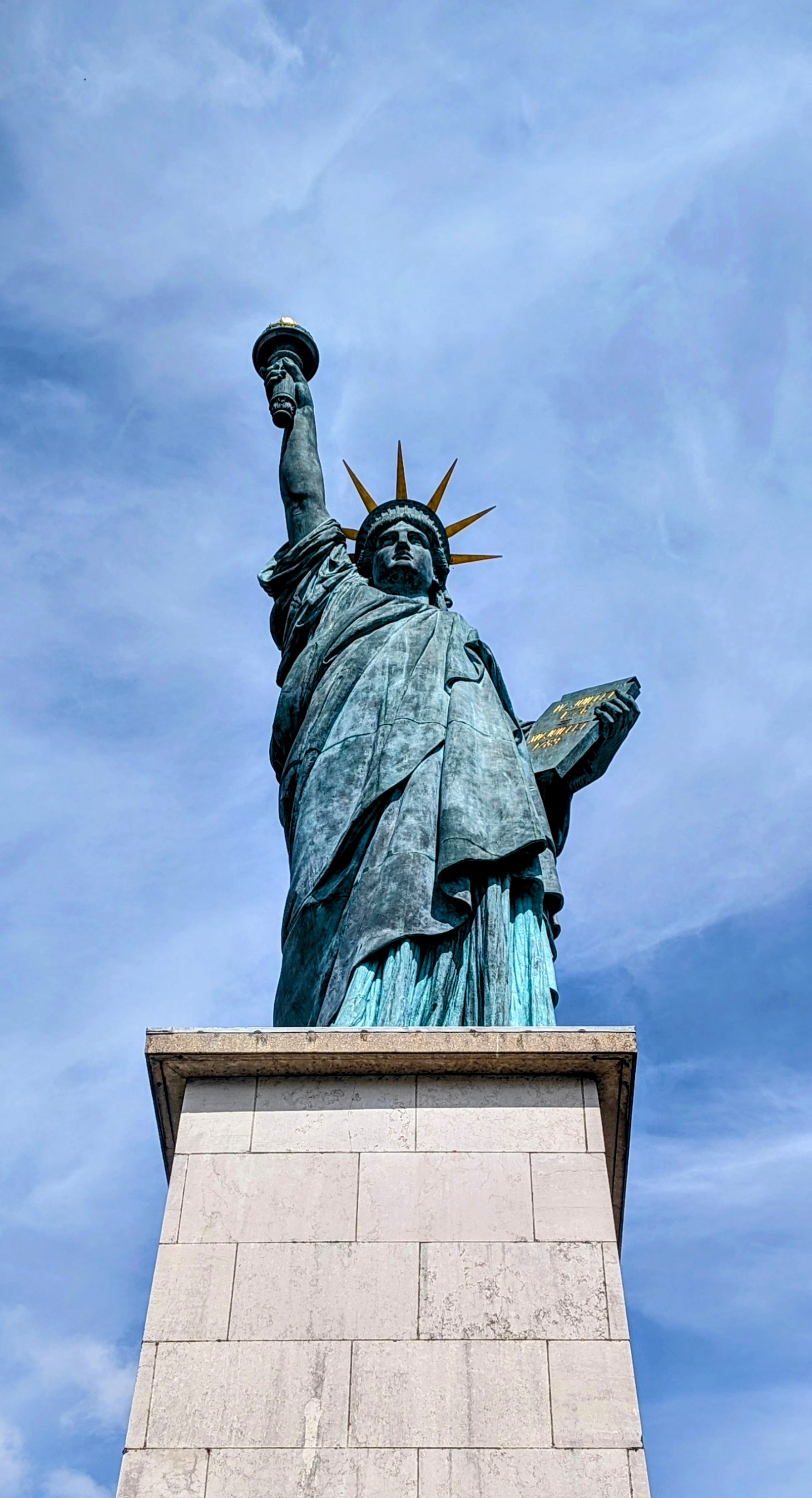This painting in the Louvre hides a dark secret

The Louvre in Paris is home to some of the most famous works of art in Western culture, including the Mona Lisa and the Venus de Milo. In total, the museum has over 35,000 works of art on display and over 615,000 in its collection, making it not only the most visited museum in the world, but also the largest.

Did you know that it opened in 1793, long before I.M. Pei’s iconic glass pyramid was built over the entrance? It’s located in the Louvre Palace, which used to be the main place where French kings lived. Isn’t it ironic that in these walls there’s now a painting hanging that was painted with royal blood?
L’intérieur d’une cuisine by Martin Drölling
The artwork in question is the genre scene “L’intérieur d’une cuisine” by French painter Martin Drölling, which hangs on the second floor of the Sully wing. The painting depicts an early 19th century kitchen with an open window in the background, numerous utensils, two women and a child playing with a cat.
The dominant color is a rich brown that covers more than half of the painting. Drölling didn’t just use a normal pigment, but a so-called mummy brown, which was all the rage among painters in the mid-18th to 19th centuries.

It’s unclear who first came up with the idea of crushing mummies and mixing the dust of their flesh with white pitch and myrrh. The earliest record of the use of the macabre brown dates back to 1712, when an artist’s supply store called ‘À la momie’ in Paris sold paints, varnishes, and powdered mummy.
A color made from the Queen’s heart
For his painting ‘L’intérieur d’une cuisine’, Drölling, one of the most famous consumers of mummy brown, used very special human organs – those of the French royal family. When a member of the royal family died, it was customary to remove the heart and intestines, partly to prevent decomposition and the associated stench, but also because these organs became relics and could be offered to a religious community.
Until the French Revolution, the hearts of Louis XIII, Louis XIV, and other members of the royal family were kept in churches. When the revolution broke out, all royal statues were torn down and churches were plundered. In 1793, the architect Louis-François Petit-Radel was commissioned to dispose of all these hearts. Instead, he sold them to his artist friends. Drölling bought 17 of them, including those of Queen Anne and Queen Marie-Thérèse, and used them to make mummy brown for the aforementioned “L’intérieur d’une cuisine”.
Does the royal pigment add a special touch? Go see for yourself in the Sully wing, 2nd floor, room 938. Tickets can be bought here.
Discover lesser known (art) gems
Want to find captivating art and fascinating things to do beyond the Louvre? Unlock the city’s lesser known gems with your custom Paris itinerary or personalized digital guidebook.







